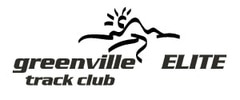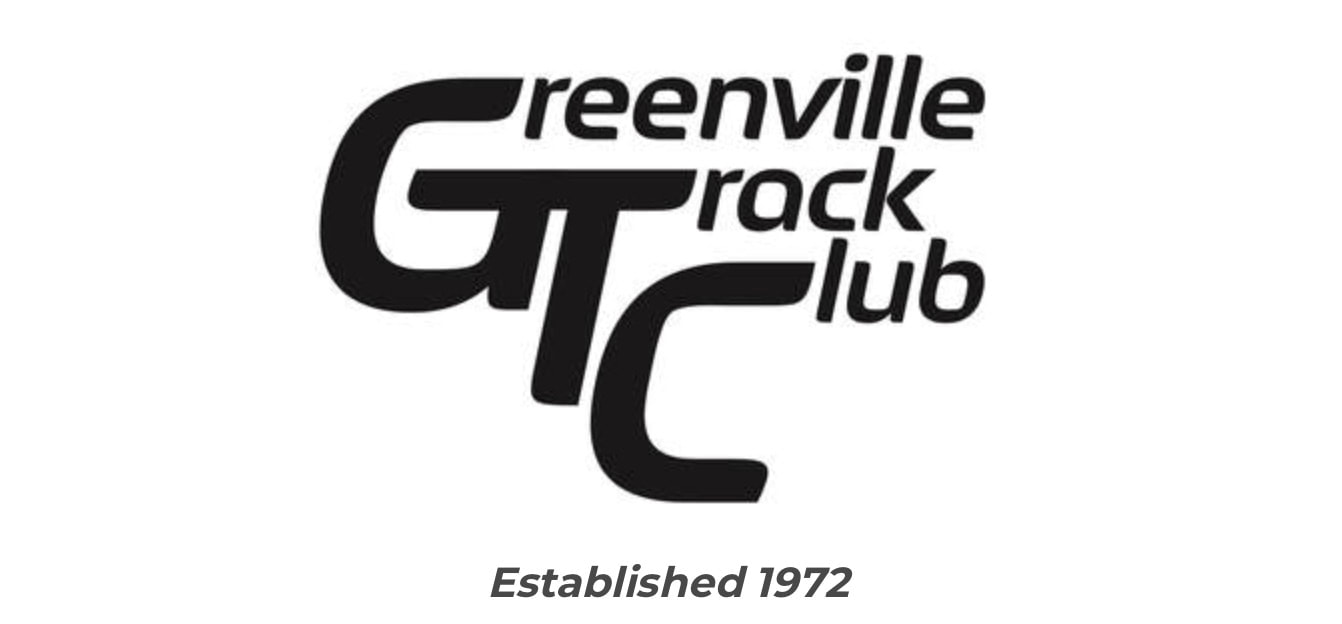Philosophy
Our training philosophy is based on many learnings and experiences over 40 years of running and coaching. It is based on the principles of the legendary late New Zealand coach Arthur Lydiard. Throw in many of the successful teachings of Oregon’s Bill Bowerman, the science of Dr. David Costill and Dr. Jack Daniels and mix well with the contemporary methods of experts such as Peter Thompson's "New Interval Training" and you have the basics.
Our methods are based on a "sustainable" system, where training and racing are continued almost all year long with small breaks. This equates to year-long training with regular competitive efforts, cumulating with the targeted "goal" competition, followed by a brief break from training.
Depending on each runner's individual goals, we’ll break the year down into at least two macrocycles, culminating with the major goal competition. Each macrocycle will begin with a re-entry period, following 5-6 days of rest after the end of each season (macrocycle). The re-entry period is a gradual buildup of running leading into a high volume period to re-establish our base conditioning and increasing our endurance and stamina to the next level. We believe in progression from the most recent macrocycle to the next. We add hill intervals to increase our muscle strength, lactate diffusion capabilities, and improve our form/economy. Add some alactic work in the forms of fast strides and drills. During this period, as well as during the competitive season, we incorporate “CORE” and Dynamic Movement workouts to develop and maintain muscular strength and add Dynamic Flexibility to promote range of motion and reduce the risk of injury.
Following "re-entry" training we engage VO2Max intervals, which are conducted at just below the anaerobic threshold pace, and some controlled TEMPO (20-25 min.) runs at a pace that the athlete is able to maintain for approximately 60 minutes (85-90% VO2Max). Longer "steady-state" and "progressive" runs are a stable of our system. We also include various "lactate shuttle" (New Interval Training) and "specific economy" sessions during these microcycles. During the competitive portion of the macrocycle, the emphasis moves toward “race pace” interval work and we re-introduce some anaerobic repetition work.
After we peak and reach our goals at the pre-selected championship events, we take a few (5-6) days off for recovery and then begin the next of the macrocycles. Throughout each phase of these cycles our athletes are directed through proven strength and flexibility programs to increase general and specific muscular balance and injury prevention as well as speed and economy enhancement. We spend a lot of time on specific drills and believe that the "little things" add up to "big things."
Since we believe each ELITE athlete brings different abilities and talents and may respond differently, our training is highly individualized, although in a group environment. We definitely believe in the power and positives of training with partners and that is the beauty of having a training group. "The power is in the group." It is our responsibility as coaches to maximize the potential of each of our athletes by providing the appropriate mix of training methods and sequencing of workouts as we reach the next level. There is no "magic" workout, but by developing and executing the appropriate "sequence" of responses and adaptations our athletes can reach their potential.
Although we base much of our philosophy on science-based methodologies, coaching is really an art form.
Our methods are based on a "sustainable" system, where training and racing are continued almost all year long with small breaks. This equates to year-long training with regular competitive efforts, cumulating with the targeted "goal" competition, followed by a brief break from training.
Depending on each runner's individual goals, we’ll break the year down into at least two macrocycles, culminating with the major goal competition. Each macrocycle will begin with a re-entry period, following 5-6 days of rest after the end of each season (macrocycle). The re-entry period is a gradual buildup of running leading into a high volume period to re-establish our base conditioning and increasing our endurance and stamina to the next level. We believe in progression from the most recent macrocycle to the next. We add hill intervals to increase our muscle strength, lactate diffusion capabilities, and improve our form/economy. Add some alactic work in the forms of fast strides and drills. During this period, as well as during the competitive season, we incorporate “CORE” and Dynamic Movement workouts to develop and maintain muscular strength and add Dynamic Flexibility to promote range of motion and reduce the risk of injury.
Following "re-entry" training we engage VO2Max intervals, which are conducted at just below the anaerobic threshold pace, and some controlled TEMPO (20-25 min.) runs at a pace that the athlete is able to maintain for approximately 60 minutes (85-90% VO2Max). Longer "steady-state" and "progressive" runs are a stable of our system. We also include various "lactate shuttle" (New Interval Training) and "specific economy" sessions during these microcycles. During the competitive portion of the macrocycle, the emphasis moves toward “race pace” interval work and we re-introduce some anaerobic repetition work.
After we peak and reach our goals at the pre-selected championship events, we take a few (5-6) days off for recovery and then begin the next of the macrocycles. Throughout each phase of these cycles our athletes are directed through proven strength and flexibility programs to increase general and specific muscular balance and injury prevention as well as speed and economy enhancement. We spend a lot of time on specific drills and believe that the "little things" add up to "big things."
Since we believe each ELITE athlete brings different abilities and talents and may respond differently, our training is highly individualized, although in a group environment. We definitely believe in the power and positives of training with partners and that is the beauty of having a training group. "The power is in the group." It is our responsibility as coaches to maximize the potential of each of our athletes by providing the appropriate mix of training methods and sequencing of workouts as we reach the next level. There is no "magic" workout, but by developing and executing the appropriate "sequence" of responses and adaptations our athletes can reach their potential.
Although we base much of our philosophy on science-based methodologies, coaching is really an art form.
"The #1 factor determining whether a training program will work or not is belief. If you don't have buy-in, even if the training is perfect, it's not going to work."
- Steve Magness -
















